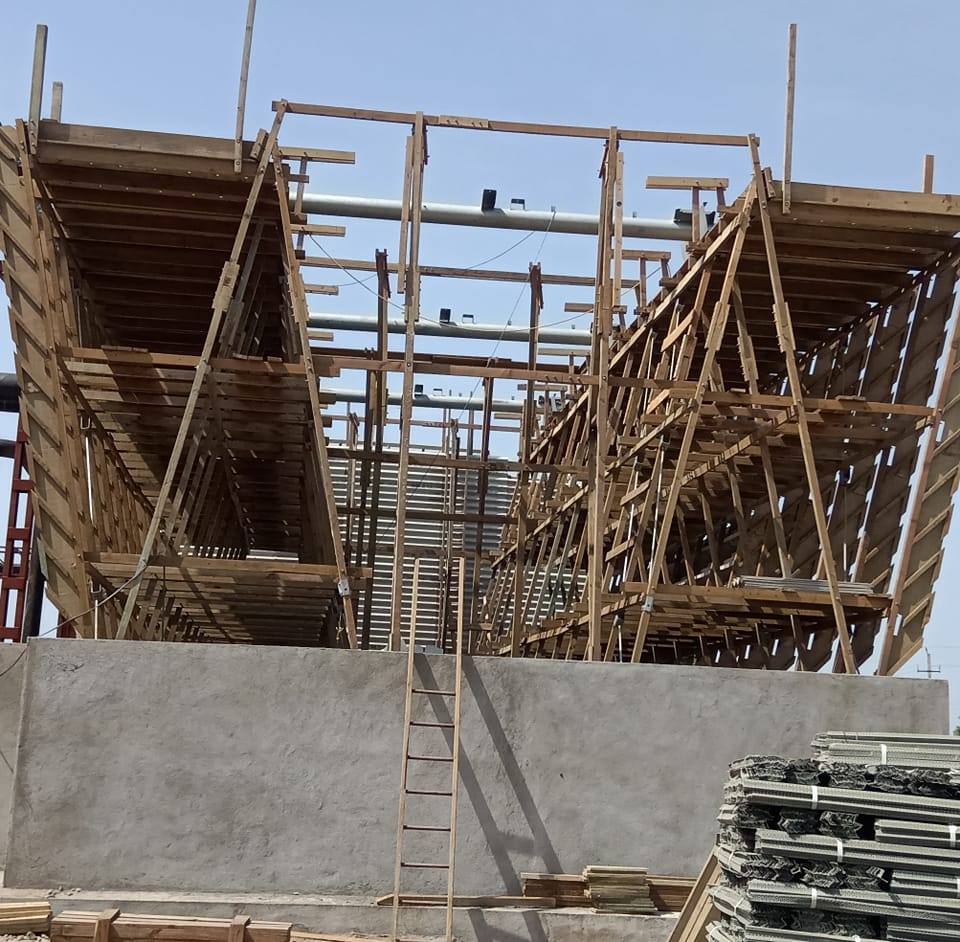The primary types of wood used in wooden cooling towers are selected for their natural resistance to water, decay, and insects. Here are the most common types, along with their properties and applications:
1. Redwood (Sequoia sempervirens)
Why Used?
- Natural decay resistance (high tannin content prevents rot and fungi).
- Dimensional stability (resists warping/shrinking in wet conditions).
- Long lifespan (20–30+ years with maintenance).
Applications:
- Structural framing (supports, casing).
- Fill media (splash bars for water distribution).
- Louvers and decking.
Limitations:
- Expensive (due to limited supply and sustainability regulations).
2. Western Red Cedar (Thuja plicata)
Why Used?
- Natural oils repel moisture, fungi, and insects.
- Lightweight yet durable (easier to install than redwood).
- Good thermal insulation.
Applications:
- Smaller structural components (planks, panels).
- Louvers and drift eliminators.
Limitations:
- Less robust than redwood for heavy-duty industrial use.
3. Cypress (Cupressus spp.)
Why Used?
- Naturally resistant to rot and termites.
- Straight-grained, making it easy to work with.
Applications:
- Alternative to redwood in humid climates (e.g., Gulf Coast U.S.).
Limitations:
- Less commonly available than redwood or cedar.
4. Treated Southern Yellow Pine (SYP)
Why Used?
- Cost-effective (widely available and cheaper than redwood/cedar).
- Pressure-treated with preservatives (e.g., ACQ, CCA) for decay resistance.
Applications:
- Structural supports (beams, joists).
- Non-critical components (walkways, access platforms).
Limitations:
- Requires chemical treatment (not naturally resistant).
- Shorter lifespan than redwood if not maintained.
5. Douglas Fir (Pseudotsuga menziesii)
Why Used?
- High strength-to-weight ratio (good for structural framing).
- Moderate decay resistance (better than untreated pine).
Applications:
- Support beams in hybrid designs.
Limitations:
- Needs preservative treatment for long-term use.
Comparison of Wood Types
| Wood Type | Decay Resistance | Cost | Lifespan (Years) | Best For |
| Redwood | $$$$ | 25–30+ | Structural frames, fill media | |
| Western Red Cedar | $$$ | 20–25 | Louvers, decking | |
| Cypress | $$$ | 20–25 | Humid climates | |
| Treated Pine | $$ | 15–20 | Budget-friendly supports | |
| Douglas Fir | $$ | 15–20 | Structural reinforcement |
Key Considerations for Wood Selection
- Water Exposure: Redwood and cedar outperform in constant moisture.
- Chemical Treatment: Treated pine is cheaper but less eco-friendly.
- Local Climate: Cypress excels in humid regions; redwood in temperate zones.
- Maintenance: Untreated woods (redwood/cedar) need less upkeep than treated pine.
Modern Alternatives to Wooden Fill Media
While traditional wooden splash bars are still used, many towers now incorporate:
- PVC/PP fills (more efficient, longer-lasting).
- Stainless steel hardware (bolts, fasteners) to prevent corrosion.
